TikTok Shop Launches in Japan Following its Expansion Strategy
TikTok officially launched TikTok Shop in Japan on June 30, rolling out its in-app eCommerce experience to
Stepping into the world of digital advertising requires grit and a whole bucket of knowledge to support your goal! And when you are new or trying to learn your way up the ladder, you should always think of your first step. The very first step for getting started with Facebook Ads is to become well versed with all the Facebook Ads terms!
Facebook ads for business holds the potential of reaching a user count of 2.1 million. A fascinating number isn’t it?
But what’s more intriguing is the possibility that you too can drive that traffic on your products! Think about it! But, do you just want to move along with all this excitement to reach a great number of people? Definitely not!
In this blog, you are going to learn about the 25 most common Facebook ads terminology that you should know about, before creating an advertisement campaign.
Without any further adieu, let’s dive in!
Before we start learning the numerous Facebook ad jargon, let us spread some light on Facebook Ads.
The reason that stands ajar, is the undeniable popularity of Facebook in the global social market. The more creative and persistent are your advertisements, the more potential it carries in addressing a relevant audience. Hence, Facebook Ads are one of the most effective and efficient ways of advertising on Facebook.
Now that you have a clear idea of what Facebook ads are, let us get into the basic Facebook ad campaign terms that you must know before creating your own Facebook ad.
One of the ways of creating awareness in the minds of the general audience and buyers is by promoting your product and services to them in the form of digital advertisements. When an advertisement is created to drive results such as increasing sales, improving brand status, or reaching a larger audience, these ads are called an Advertising Campaign.
Facebook Ads Manager is the first term you should learn about when you are stepping into the world of Facebook Ads.
It is a tool that allows you to manage all the ads related functions. With the help of the Facebook ads manager, any user would be able to create, run and manage the advertisements on Facebook. Additionally, it has features that even let you take care of bills and payments related to the advertising campaign.
Another effective feature of Facebook Ads Manager is that it provides its users the ability to even analyze the performance of their ads through the integrated dashboard that showcases the performance analytically.
There are certain metrics such as the traffic it brings, click-through rates, and several other factors that help in measuring the performance of ads. These factors are present in the form of graphs and analytics. Hence, the analytics and graphs that represent the performance of ads through such visualizations are termed Ads Analytics.
With the help of Ads Analytics, a user has the feasibility to monitor the performance and take necessary actions to enhance the performance analytically.
Here’s a blog that can help you, if you want to learn how to set up Facebook Ads Manager.
Whenever you create an advertisement, the ads get a unique 11-digit identification number. It is the standard of the advertising industry so that the advertisement can be aired on any of the digital platforms.
Ad ID is a naming system, which works as an advertising asset. The sole purpose of this Ad ID is to help the advertiser in managing the advertisement.
Whenever you create an advertisement campaign, your Facebook Ads Manager automatically generates a certain set of unique strings that remains associated with your ad campaign as long as the campaign runs. This ID allows you to easily keep track of the ad campaign!
The percent of clicks from one particular advertisement is known as the Click-Through Rate. CTR is calculated by dividing the number of clicks on a particular advertisement by the number an advertisement is promoted for a particular
The Average click-through rate is defined as the ratio of clicks on the advertisement to the impressions gained on your Facebook advertisement. When we talk about CTR, it only measures the frequency of clicks on every advertisement. However, the average CTR is always compared with the impressions that have been observed in the campaign.
CPM stands for Cost Per Thousand, also referred to as the Cost Per mille. Where “mille” is a Latin word that means “thousand”. When it comes to CPM, it signifies the cost of one thousand ads impressions on a single website.
CPC is the abbreviation for Cost-per-Click. It is generally calculated by finding the ratio between the cost of the click, with the overall frequency of clicks. The average CPC is generally dependent on the actual CPC, which is regarded as the amount an individual has to pay for a single click on the advertisement.
CPP stands for Cost Per Point. It is the deciding factor when it comes to understanding if the media buy was a success. The ratio of CPP depends upon the amount it costs to purchase a single rating point or 1% of the total traffic in a given market or location.
The ratio of CPP is provided by finding the ratio between overall spending on a particular television station to the total value of GRPs ( Gross rating points ).
Prospective ad campaigns are simply advertisements that are solely made to attract new niche audiences for your product or service. It is created and displayed with the notion of appealing to a newer set of audiences, who might be potential customers.
Retargeting ads are created with the notion of appealing to the audiences that are familiar with your brand or service but haven’t made any purchase yet.
Therefore, retargeting ads provide the opportunity to go back to the audience that has visited your website, but did not make any purchase, and convince them into being a customer of your brand of service.
The term Impression is defined as the average frequency of an ad being displayed on the feed of your target audience.
The unique number of the audience that views the advertisement one time is termed as reach. It is different from impressions as impressions could also contain the data of a particular audience viewing the advertisement multiple times.
It is fairly possible that a single person has viewed your advertisement multiple times while scrolling on their Facebook feed. Sounds similar to Reach, right! However, it is slightly different. Therefore, when you use certain metrics to calculate the average time a particular user views your ad, this metric is known as Frequency.
We all are familiar with the term engagement, it often states how involved a user is with your website. Similarly, Post engagement is the number of actions such as a like, share, or comment performed on a post by a Facebook user. These actions are often the result of any advertising effort.
Post Engagement is similar to a Page Engagement. It is the number of actions a Facebook user performs on your post! However, the only difference is that Post engagement is often calculated for the posts that are not only advertised, but also boosted to reach a wider range of audiences on Facebook.
Facebook does not score all the ads. The ads need to get a minimum impression of 500 to become eligible for scoring. Once the advertisements reach the said impression, Facebook provides them with a score between 1 to 10.
The advertisement with a high relevance gets a score of 10, whereas the one with low relevance gets a score of 1. This scoring helps advertisers to understand if their audience is able to relate to their ad. Therefore, if your ad gets a low relevance score, you can optimize it, so that it becomes relevant.
How often have you seen two or more friends engaging on the same particular ad? When someone clicks on a particular ad post, and then their friends go on to click on the same ad, then the engagement by the friend is termed as Social Clicks.
It is very often that the goal of an advertisement is to generate leads. Such campaigns often push its audience to fill out a certain form and provide their details, such as demographic and contact information. An advertiser can redirect the user to their website, and track the activities from their Facebook account, using Facebook Pixel.
It is essential to understand the actions that people perform on your website when you have linked it to your Facebook Page. This often results in providing insights that can help improve the effectiveness of an advertising campaign.
Therefore, Facebook Pixel is a set of codes that helps Facebook to keep a track of all the activities. As well as, events taking place outside of Facebook, and are related to your advertising campaign.
Several advertising organizations need to provide different kinds of Facebook accessibility permissions to several people within or outside their organization. Therefore, to make it simple and lessen the complexity of providing permission, Facebook has come up with a tool known as Facebook Business Manager. This reduces the cumbersome slow method of granting separate permissions to every other user.
Read this blog, to learn everything about Facebook Business Manager – A Central Destination to Manage your Business on Facebook.
Whenever a Facebook user makes a purchase, after watching your ad running on Facebook-owned properties. Such as Facebook messenger and Facebook Page, which come under the category of On-Facebook Purchases.
Another important term in the Facebook terminology glossary is Placement. Facebook Ads manager allows advertisers to choose a display space for their ads.
Advertisers have the ability to display their ads on Feeds, Marketplaces, Facebook Story, Suggestions, and so on. Additionally, there is an automated option, which automatically chooses the best placement for your ads.
Not everyone is already familiar with how an ad works. There are several advertisers that have no knowledge of marketing when they begin their journey in the world of advertising.
Exploring the world of advertising or say marketing alone could be cumbersome. You might end up learning everything about social media marketing, advertising, or branding. But despite that, you might have no practical knowledge. This is where finding the right course for learning social media advertising or branding becomes essential.
But, when we talk about Facebook advertising, you might not have to go looking all around for guidance. Facebook Blueprint is one of the best platforms for online learning as well as certification. The platform presents you with a plethora of courses that you can undertake according to your interests.
Generally, every course on the platform has a duration of 15 to 50 minutes. Additionally, you have the option to complete the course at your own convenient pace.
The CedCommerce: Facebook and Insta App allows merchants to easily onboard and sell their products over the Facebook Marketplace. Along with easy onboarding, the integration app offers several other features such as:
In a recent update, CedCommerce: Facebook and Insta App now comes with the Facebook Ads feature which is absolutely free! There are several additional tools that come along with the all-new powerful Facebook Ads. These tools allows user to experience every aspect of running an ad campaign in real-time.
Facebook Pixel, Conversion API, and Ads Analytics are some tools that not only allows merchants to run ads, but also tracks the performance of such ads.
Read this success story of Philip Lam and his home decor business Phivin. And learn how with the help of the integration app Phivin started selling in six different countries. And used the Facebook Ads feature to develop 3X leads.
Learning without practical knowledge is similar to rubbing the surface, and not getting into it. Once you have become familiar with the Facebook ads glossary explained above, we hope that you explore more by using it for creating your own ads, and diving more into the terms discussed above.
We hope that all the above discussed jargon would help you in your marketing efforts. For any query, feel free to drop a comment or get in touch with our service team.
Read the blog on Setting up Facebook Ads, if you wish to learn how to Set-up Facebook Ads through CedCommerce: Facebook and Insta App.
Show your support, if you found this blog informative and helpful. Please leave a comment below. Do tell us if you would like to read volume 2 for another set of Facebook Ads jargons. Because after all, our learning never ends!

TikTok officially launched TikTok Shop in Japan on June 30, rolling out its in-app eCommerce experience to

The TikTok Takeover: From Lip Syncs to Checkout Clicks A few years ago, TikTok was

About the Client Shop Name: CrystalHealStore Marketplace: Etsy Focus: Bohemian & Ayurvedic-Inspired Fashion Location: Global
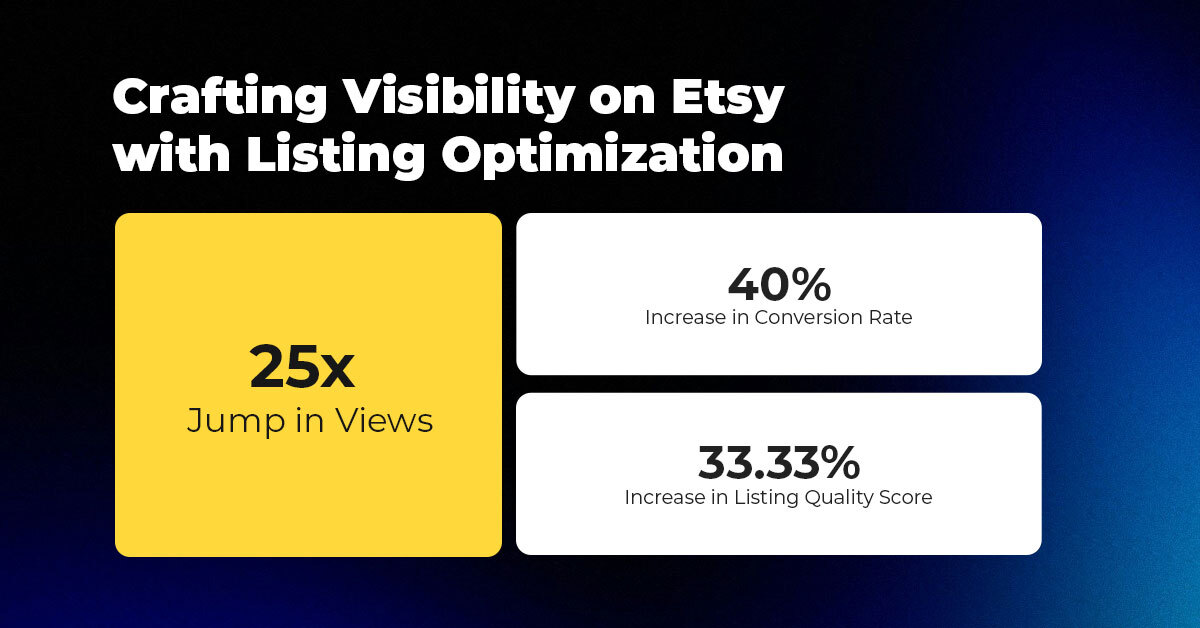
About the Client Shop Name: PinwheelCraftsStore Marketplace: Etsy Focus: DIY Craft Kits for Kids Location:

It just took one Black Friday crash for Gymshark to realize their growth had outpaced
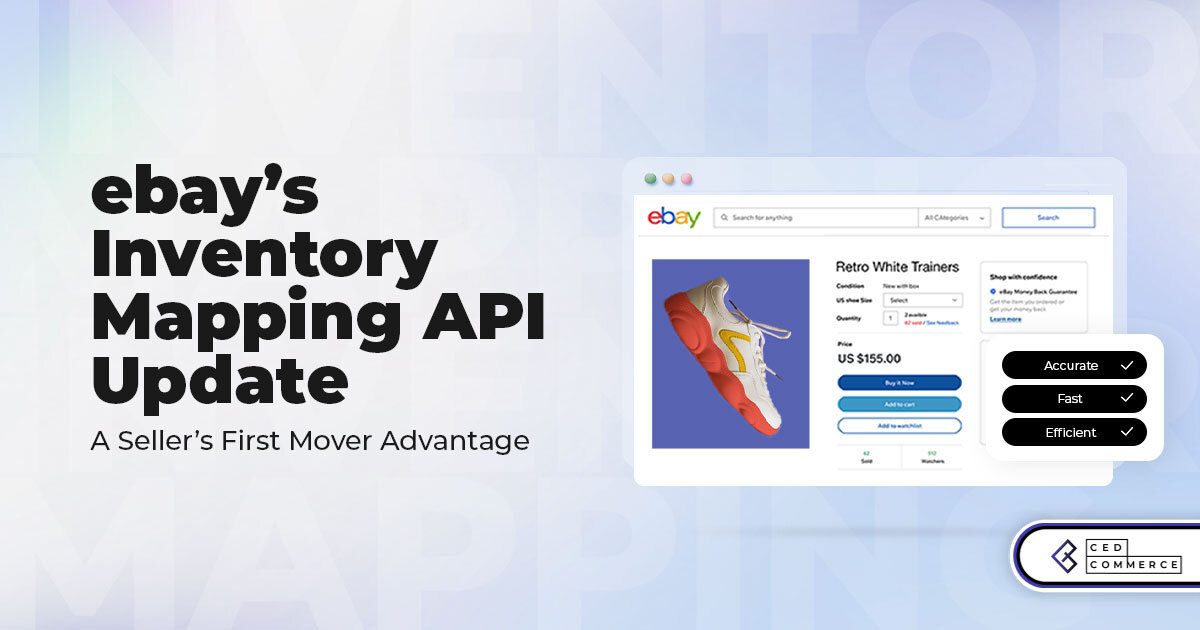
It takes on average 5 to 10 minutes to list a single product on the
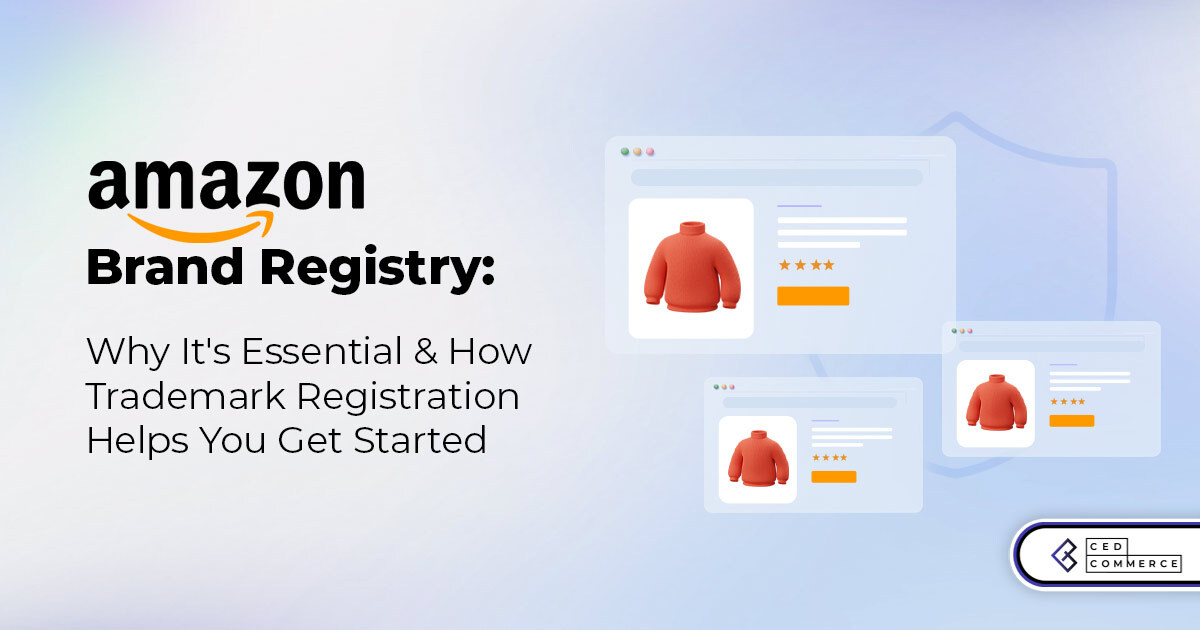
With millions of sellers on Amazon, protecting your brand has never been more important. Counterfeit
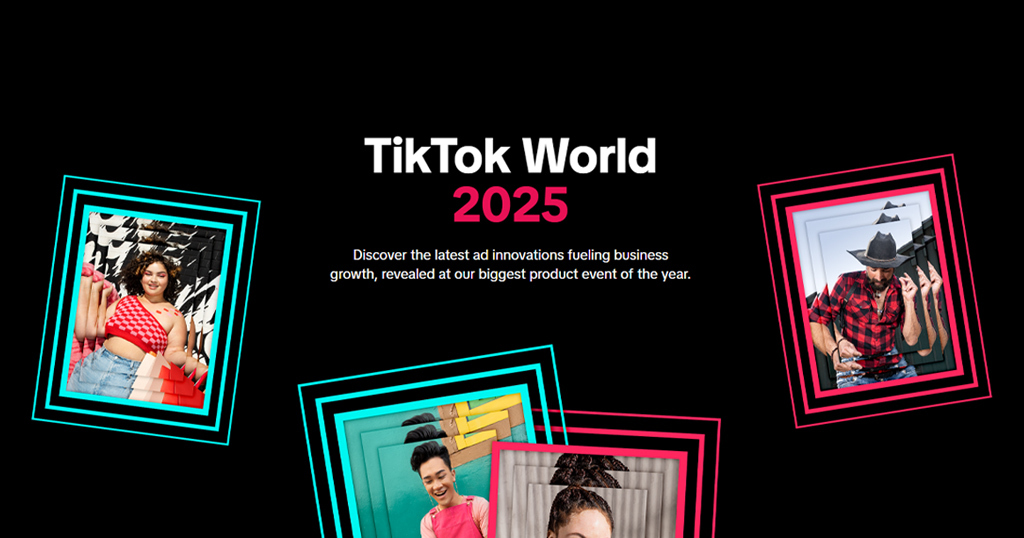
TikTok isn’t just setting trends anymore — it’s rewriting the playbook for performance marketing, creative

In a significant development for online retailers, Walmart has officially updated its policies to permit
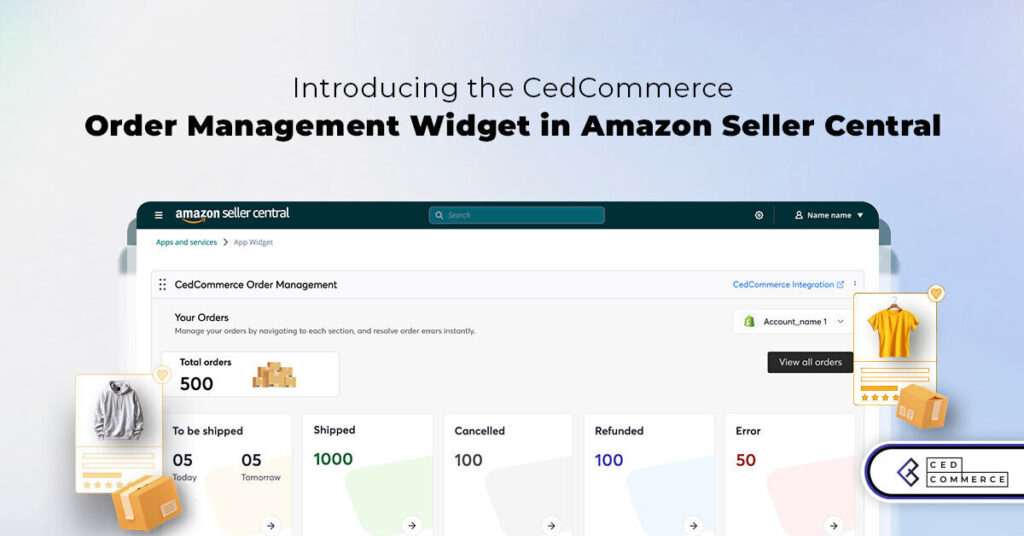
Are you encountering issues with Amazon order management across various sales channels? If so, everyday
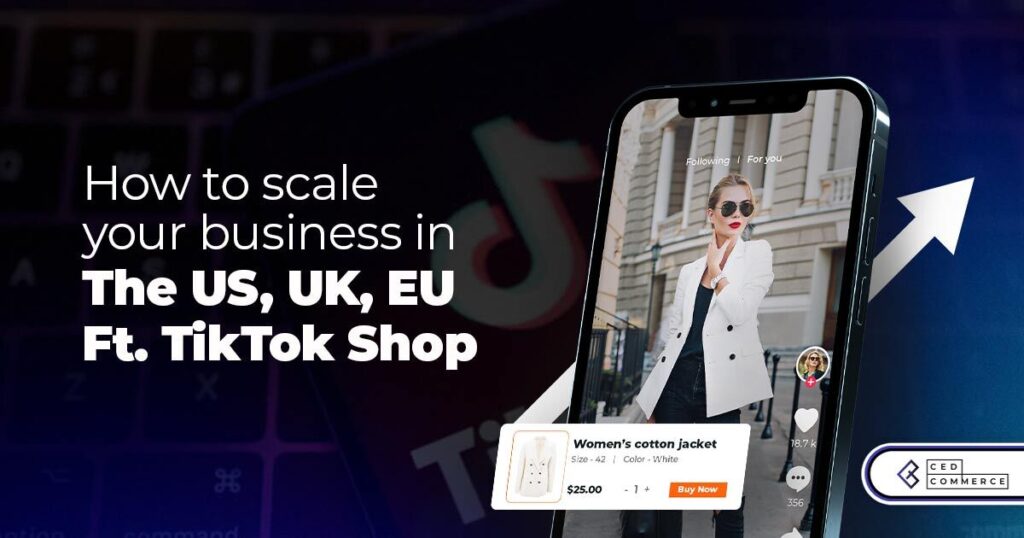
A Deep Dive into Selling Smart on TikTok Shop UK, TikTok Shop US, and TikTok

In a world where cross-border commerce fuels eCommerce growth, tariffs are no longer just policy

In the world of eCommerce, visibility is everything—and Walmart Marketplace is no exception. With thousands

In what comes as a major relief for TikTok and its millions of users in

In a move aimed at enhancing product quality and boosting buyer confidence, TikTok Shop has

Selling on Amazon offers immense opportunities, but one of the most crucial decisions sellers face
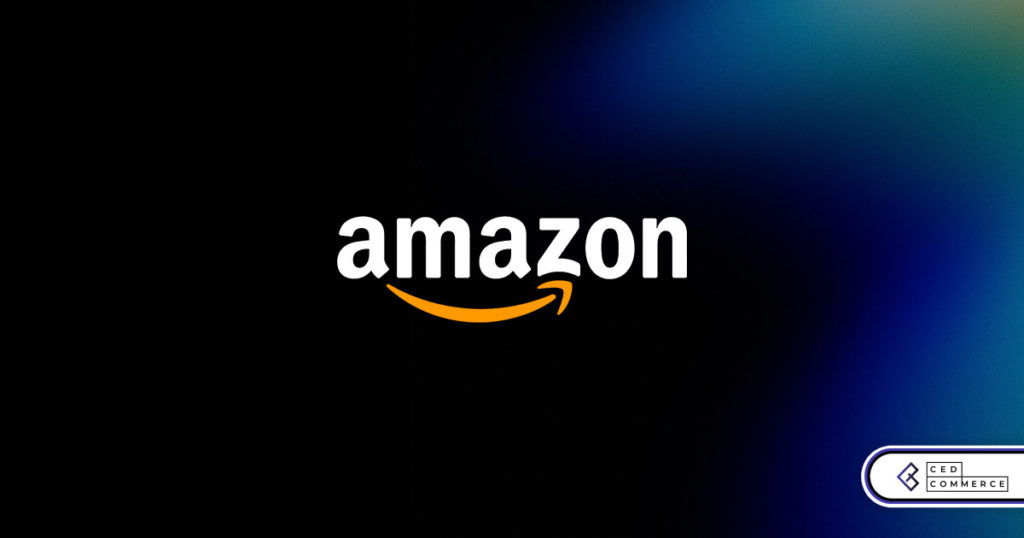
Amazon is doubling down on AI-driven selling tools, introducing a new AI-generated product enrichment pilot
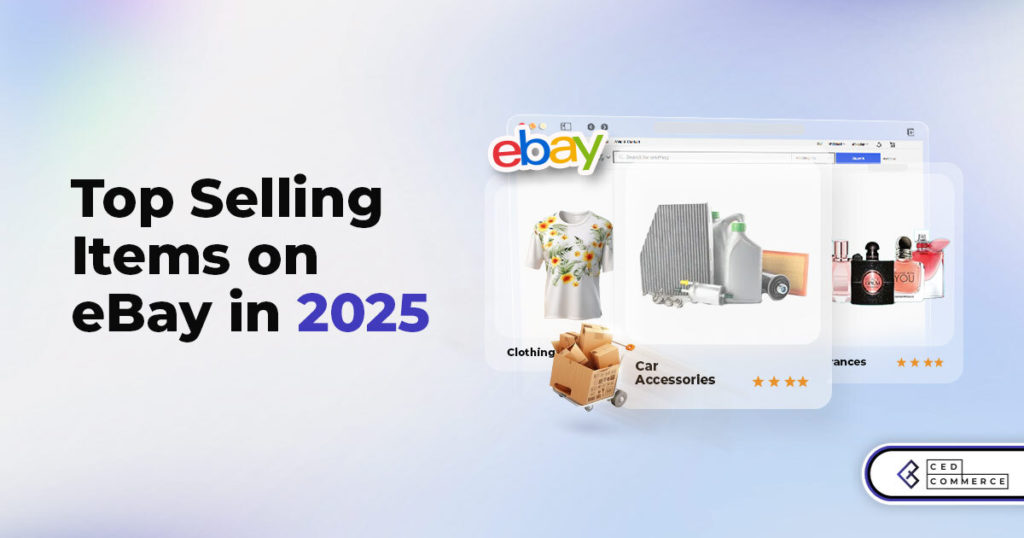
With over 17.6 million sellers on eBay marketplace, cracking the code behind the top selling
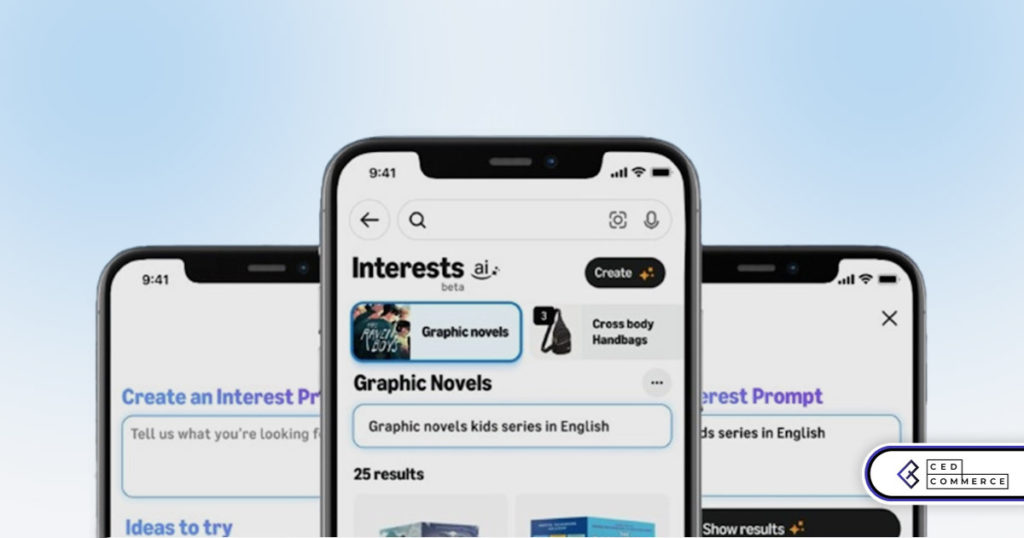
Amazon is doubling down on artificial intelligence, introducing the AI-powered ‘Interests’ feature that automatically finds
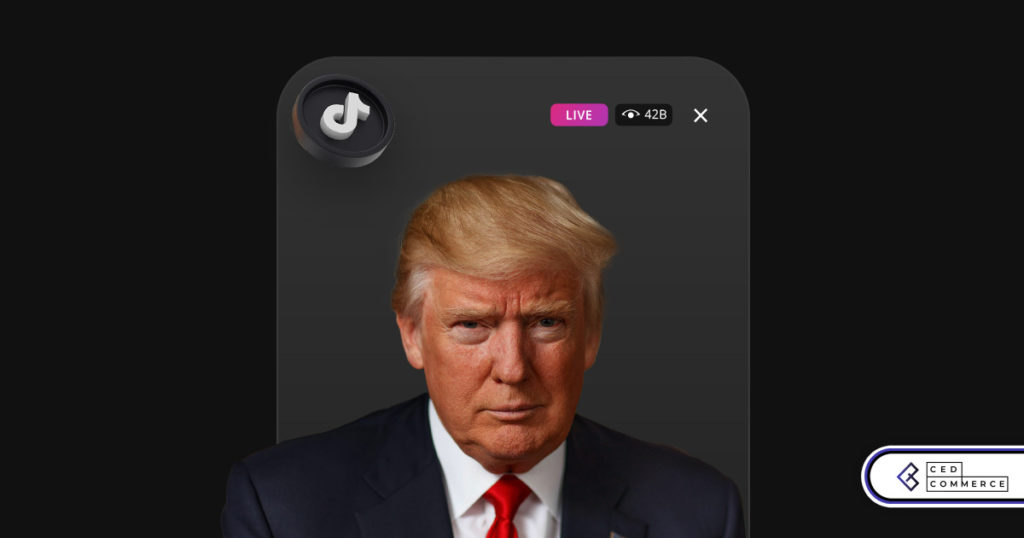
U.S. President Donald Trump has hinted that a TikTok deal is on track before the